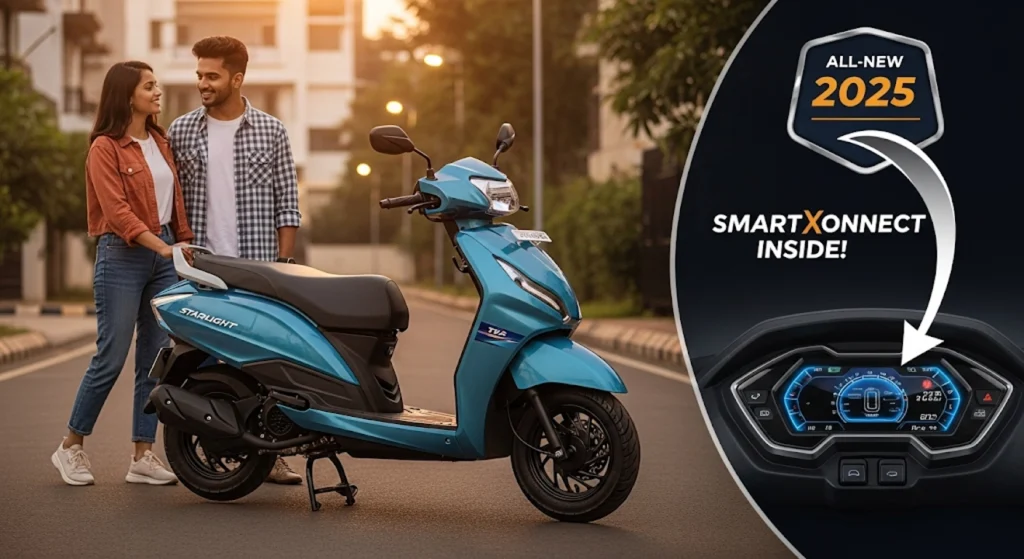Second-Gen Volkswagen T-Roc Breaks Cover: Is This the Premium SUV India Has Been Waiting For?
Volkswagen has globally unveiled the brand-new, second-generation T-Roc, and it’s bigger, bolder, and packed with more tech than ever before. For Indian enthusiasts who fondly remember the first-gen T-Roc’s brilliant driving dynamics and solid build quality, this is massive news. The original T-Roc was a limited CBU (Completely Built Unit) import that won hearts but was discontinued. Now, with this stunning new model revealed, the billion-dollar question echoes across the country: Will Volkswagen bring the legend back to India, and can it be priced to compete this time?
Price & Variants: The CBU vs. Local Assembly Gamble
The success of the new T-Roc in India hinges entirely on its pricing strategy. The previous model’s premium CBU pricing (around ₹21.35 Lakh ex-showroom in 2021) limited its reach.
- Scenario 1 (CBU Import): If VW brings it as a CBU again, expect a hefty ex-showroom price of ₹28 Lakh to ₹32 Lakh. On-road, this would easily cross ₹35 Lakh, making it a niche, enthusiast-only product.
- Scenario 2 (Local Assembly – The Smart Move): If VW decides to assemble the T-Roc in India, it could achieve a much more competitive price. We could see an ex-showroom price in the range of ₹22 Lakh to ₹26 Lakh.
- Expected On-Road Price (if assembled locally): For buyers in Ambernath, Maharashtra, this would translate to a more palatable on-road price of ₹25 Lakh to ₹30 Lakh, placing it perfectly as a premium alternative to the top-end Creta/Seltos and a step above the Taigun/Kushaq.
Engine & Mileage (Kitna Deti Hai?): The Power of Choice
Globally, the new T-Roc comes with a range of petrol, diesel, and mild-hybrid engine options. For India, the most likely hero is the tried-and-tested 1.5-litre TSI EVO petrol engine.
This engine is a gem, known for its punchy performance and efficiency. It produces around 150 PS of power and 250 Nm of torque. In simple terms, its Active Cylinder Technology (ACT) is a clever feature that shuts down two of the four cylinders when you’re cruising at a steady speed, which significantly saves fuel. Paired with a slick 7-speed DSG automatic, expect a real-world mileage of 14-17 kmpl, a fantastic figure for such a powerful and refined engine.
Features & Design: A Mini-Tiguan
The second-gen T-Roc has matured, drawing design inspiration from its bigger siblings like the new Tiguan.
- Exterior: It’s visibly larger than the outgoing model, with a more muscular and commanding presence. The design features a sharper front end, a sleek light bar connecting the IQ.Light LED headlamps, and a more sculpted body. It looks every bit the premium German SUV it is.
- Interior: The cabin is the biggest revolution. It gets a massive, free-standing central touchscreen (up to 12.9 inches) and a large digital driver’s display. The quality of materials has been improved, addressing a key criticism of the previous generation. It’s a modern, high-tech, and luxurious space.
- Safety: Expect a 5-star safety rating and a full suite of ADAS features, in addition to standard safety equipment like multiple airbags, ESC, and ABS.
Rival Comparison: The German Challenge
How would a locally assembled T-Roc fit into the Indian market?
- vs. Hyundai Creta / Kia Seltos (Top-end): The Korean twins are packed with features, but the T-Roc would offer superior build quality, a more sophisticated ride and handling balance, and the prestige of the VW badge. It would be the choice for the driving enthusiast.
- vs. VW Taigun / Skoda Kushaq: The T-Roc would be positioned as a more premium and larger sibling. It would offer more space, a more luxurious interior, and a more substantial road presence for those willing to pay the premium over its India-specific cousins.
- vs. Jeep Compass: The Compass is known for its rugged build and off-road capability. The T-Roc would compete as a more polished, tech-focused, and road-oriented urban SUV.
Value-for-Money Analysis: Who Should Be Interested?
- Who should consider this SUV? Buyers looking for a premium, well-built, and fun-to-drive German SUV who find the Taigun/Kushaq a bit too small or common. It’s for the discerning customer who values driving dynamics and build quality over a long list of gizmos.
- Who shouldn’t? Budget-conscious buyers. Even if assembled locally, it will command a premium. Also, those who prioritize a vast service network or the absolute lowest maintenance costs might look at other options.
Buyer Advice (Unique Insight): The Difficult Wait
Here is the most critical advice for potential premium SUV buyers:
- If you crave the ultimate German compact SUV experience and have a flexible budget and timeline, it might be worth WAITING for more clarity on the T-Roc’s India launch. Its combination of size, tech, and performance is hugely compelling.
- If you need a car within the next year and want a taste of that German engineering, the VW Taigun and Skoda Kushaq are fantastic, readily available choices. Waiting for the T-Roc is a gamble, as its arrival and pricing are still unconfirmed.



